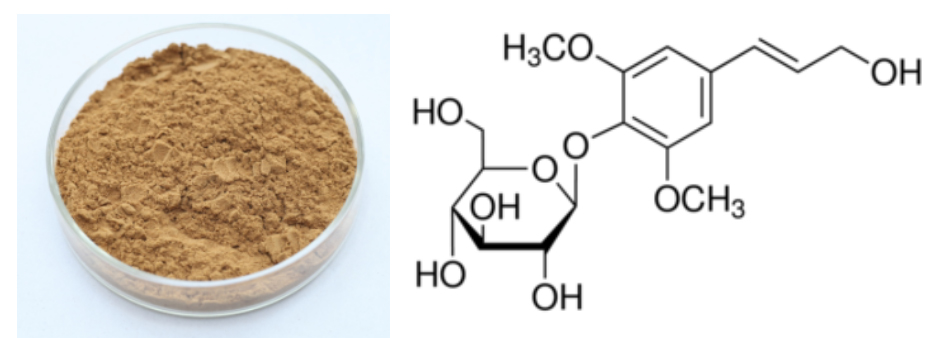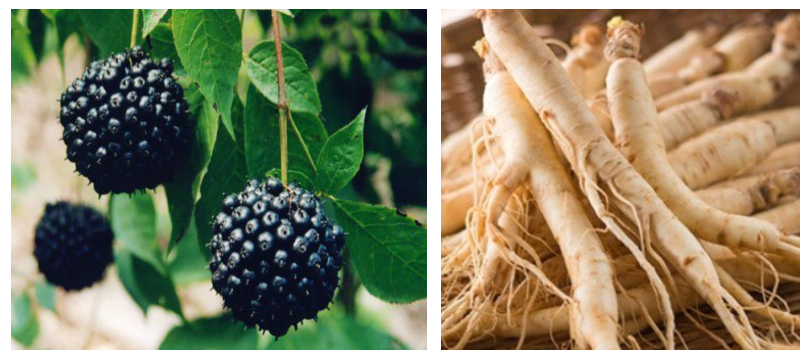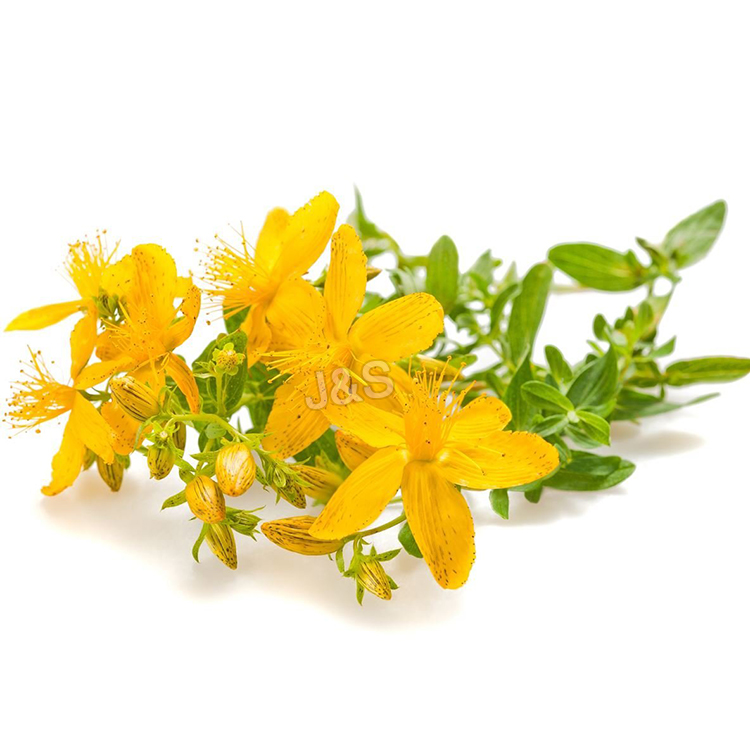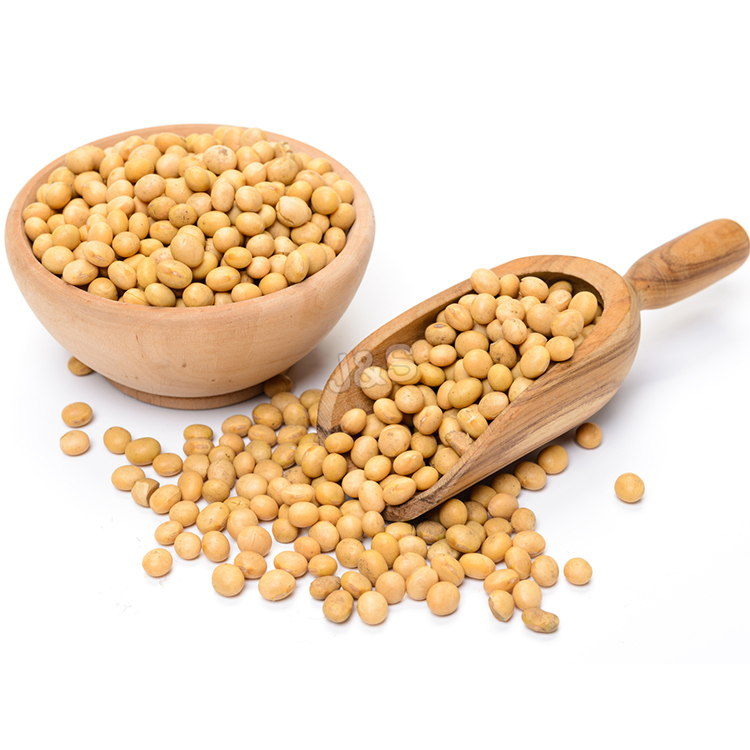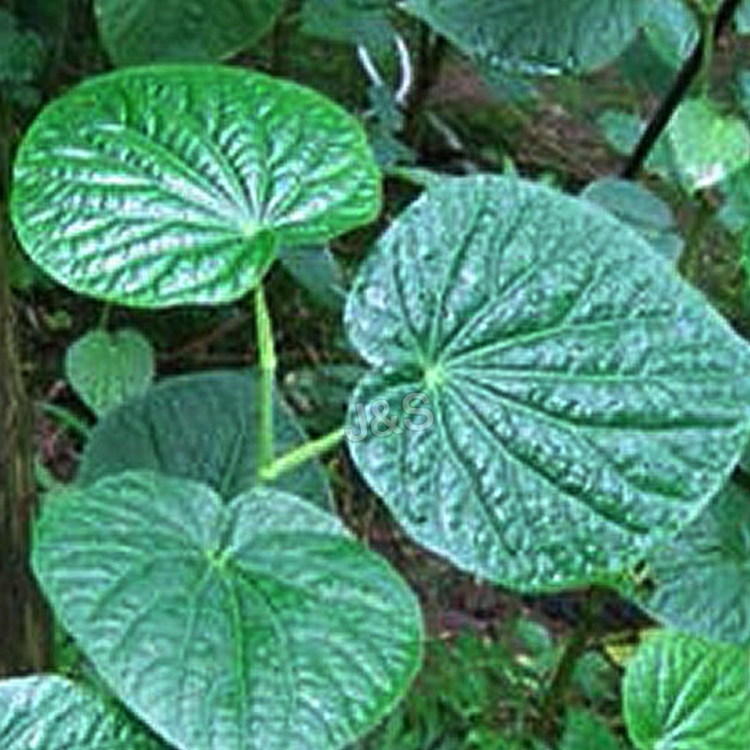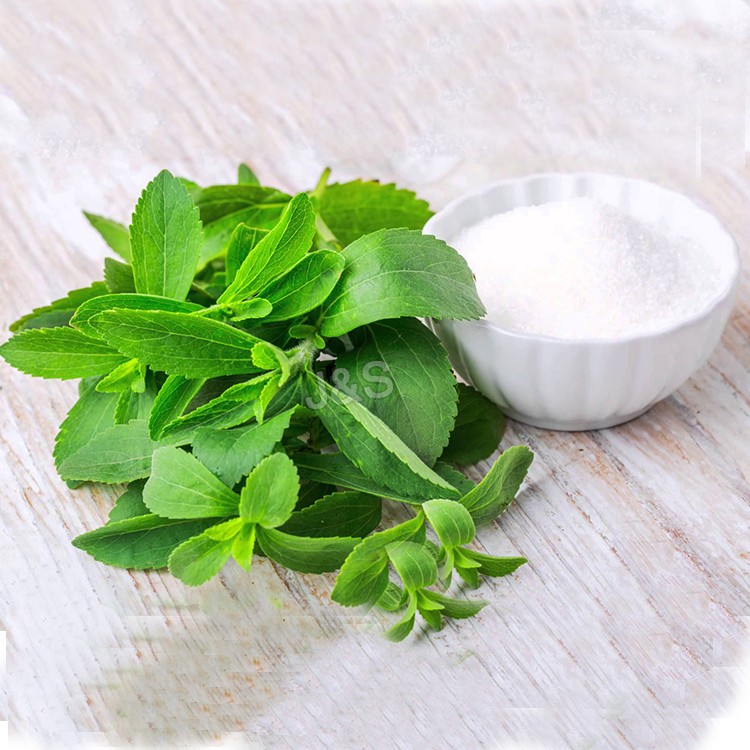New Fashion Design for Siberian Ginseng Extract Manufacturer in Albania
New Fashion Design for Siberian Ginseng Extract Manufacturer in Albania Detail:
Siberian Ginseng Extract
Key Words: American Ginseng Extract
[Latin Name] Acanthopanax senticosus (Rupr. Maxim.) Harms
[Specification] Eleuthroside ≧0.8%
[Appearance] Light yellow powder
Plant Part Used: Root
[Particle size] 80Mesh
[Loss on drying] ≤5.0%
[Heavy Metal] ≤10PPM
[Storage] Store in cool & dry area, keep away from the direct light and heat.
[Shelf life] 24 Months
[Package] Packed in paper-drums and two plastic-bags inside.
[Net weight] 25kgs/drum
[What is Siberian Ginseng?]
Eleutherococcus, also known as eleuthero or Siberian ginseng, grows in mountain forests and is native to eastern Asia including China, Japan, and Russia. Traditional Chinese Medicine has used eleutherococcus for reducing lethargy, fatigue, and low stamina as well as increasing endurance and resilience to environmental stresses. Eleutherococcus is considered an “adaptogen,” a term that describes herbs or other substances that, when ingested, appears to help an organism increase resistance to stress. There is strong evidenceEleutherococcus senticosus increases endurance and mental performance in patients with mild fatigue and weakness.
[Benefits]
Eleutherococcus senticosus is a pretty awesome plant and has a lot more benefits that just the graphic above highlights. Here are some of the ones worth mentioning.
- Energy
- Focus
- Anti-Anxiety
- Anti-Fatigue
- Chronic Fatigue Syndrome
- Common Colds
- Immune Booster
- Liver Detox
- Cancer
- Antiviral
- High Blood Pressure
- Insomnia
- Bronchitis
Product detail pictures:
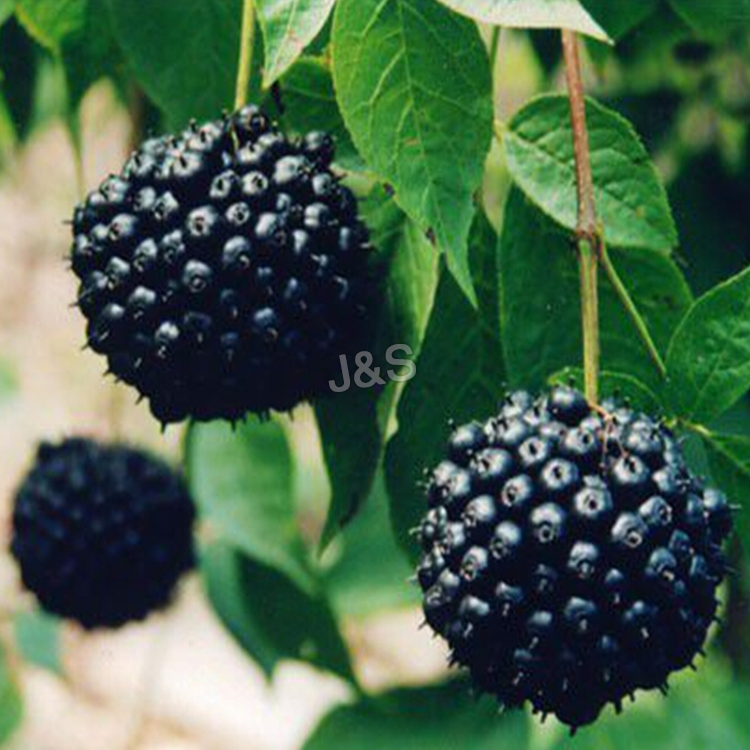
Related Product Guide:
Persisting in "High quality, Prompt Delivery, Aggressive Price", we have established long-term cooperation with clientele from both equally overseas and domestically and get new and old clients' higher comments for New Fashion Design for Siberian Ginseng Extract Manufacturer in Albania , The product will supply to all over the world, such as: Pretoria, Swedish, Mexico, We take measure at any price to attain essentially the most up-to-date gear and procedures. The packing of nominated brand is our a further distinguishing feature. The solutions to assure years of trouble-free service has attracted a great deal customers. The goods are obtainable in improved designs and richer variety, they're produced scientifically of purely raw supplies. It accessible in a variety of designs and specifications for the selection. The newest forms are much far better than the previous one and they're extremely popular with several clients.
https://davesmith.ludaxx.com
https://www.davegsmith.com/
https://bluelineproducts.com/
Why it Works for Health Sugar Blocker in this area Harlingen
Why it Works for
F21 is an All Natural Sugar Blocker that assists restrict your blood sugar absorption. It consists of various substances discovered to have numerous health advantages, such as L-Arabinose, Coriolus Versicolor Polysacchride, Konjac-Mannan, Magnesium Stearate, Mint taste: Menthol and Natural Colors. F21 not just does it assist promote weight-loss, (PSK) enhances your immune system feedback. For every gram of F21, you can obstruct up to 20 grams of sugar (sucrose). The formula not just assists promote weight-loss, it rewards the intestinal system by allowing the shut out sucrose to support beneficial probiotic germs while the polysaccharide (PSK) enhances your immune system feedback.
DG Smith https://www.davegsmith.com/
over the counter appetite suppressant :
00:00:05 over the counter diet pills
00:00:12 sugar diabetes
00:00:19 best appetite suppressant for women over the counter
00:00:26 diabetes care
00:00:34 safe appetite suppressant
This short presentation explains how polysaccharides are formed from simple sugars.
The supplier cooperation attitude is very good, encountered various problems, always willing to cooperate with us, to us as the real God.
